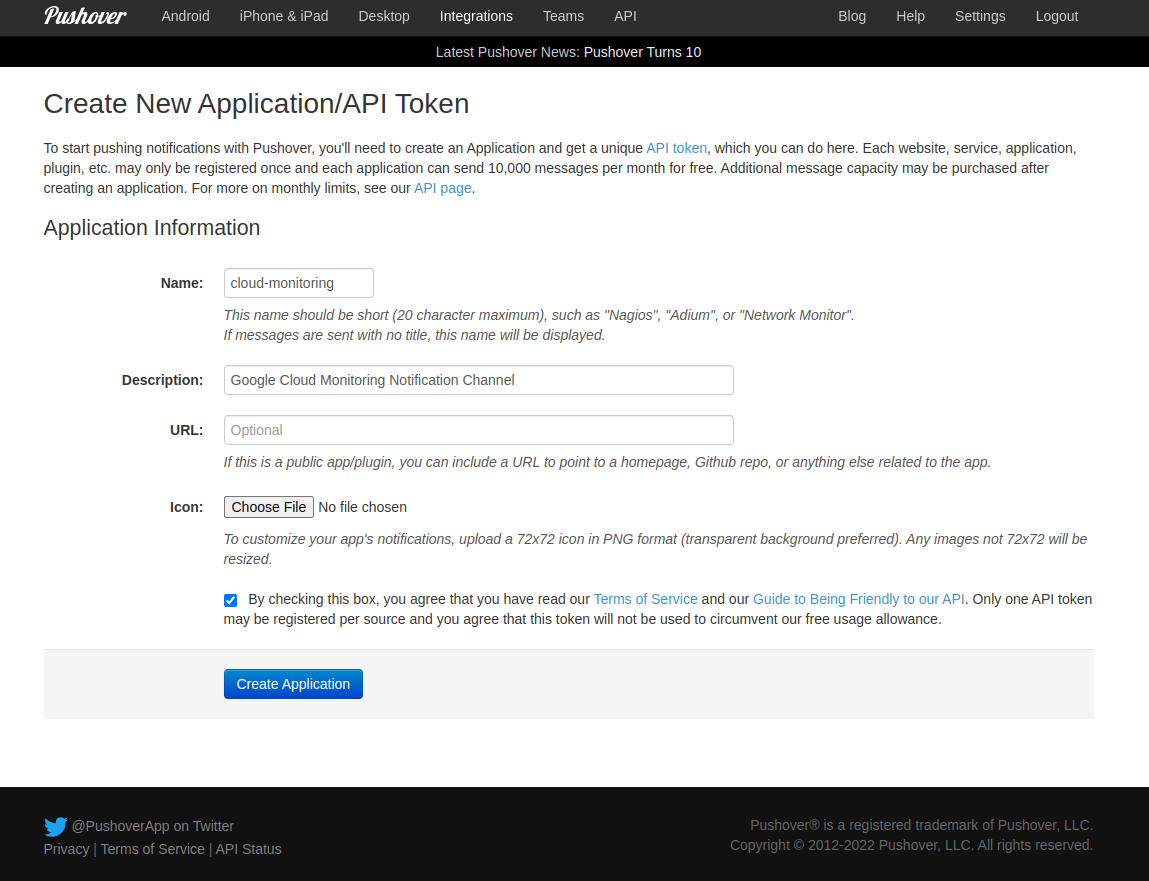Below you will find pages that utilize the taxonomy term “Cloud-Monitoring”
Robusta KRR w/ GMP
I’ve been spending time recently optimizing Ackal’s use of Google Cloud Logging and Cloud Monitoring in posts:
- Filtering metrics w/ Google Managed Prometheus
- Kubernetes metrics, metrics everywhere
- Google Metric Diagnostics and Metric Data Ingested
Yesterday, I read that Robusta has a new open source project Kubernetes Resource Recommendations (KRR) so I took some time to evaluate it.
This post describes the changes I had to make to get KRR working with Google Managed Prometheus (GMP):
Google Metric Diagnostics and Metric Data Ingested
I’ve been on an efficiency drive with Cloud Logging and Cloud Monitoring.
With regards Cloud Logging, I’m contemplating (!) eliminating almost all log storage. As it is I’ve buzz cut log storage with a _Default sink that has comprehensive sets of NOT LOG_ID(X) inclusion and exclusion filters. As I was doing so, I began to wonder why I need to pay for the storage of much logging. There’s the comfort from knowing that everything you may ever need is being logged (at least for 30 days) but there’s also the costs that that entails. I use logs exclusively for debugging which got me thinking, couldn’t I just capture logs when I’m debugging (rather thna all the time?). I’ve not taken that leap yet but I’m noodling on it.
Using Google Monitoring Alerting to send Pushover notifications
Table of Contents
Artifacts
- GitHub:
go-gcp-pushover-notificationchannel - Image:
ghcr.io/dazwilkin/go-gcp-pushover-notificationchannel:220515
Pushover
Logging in to your Pushover account, you will be presented with a summary|dashboard page that includes Your User Key. Copy the value of this key into a variable called PUSHOVER_USER
Create New Application|API Token

Pushover API has a Pushing Messages method. The documentation describes the format of the HTTP Request. It must be a POST using TLS (https://) to https://api.pushover.net/1/messages.json. The content-type should be application/json. In the JSON body of the message, we must include token (PUSHOVER_TOKEN), user (PUSHOVER_USER_KEY), device (we’ll use cloud-monitoring) and a title and a message